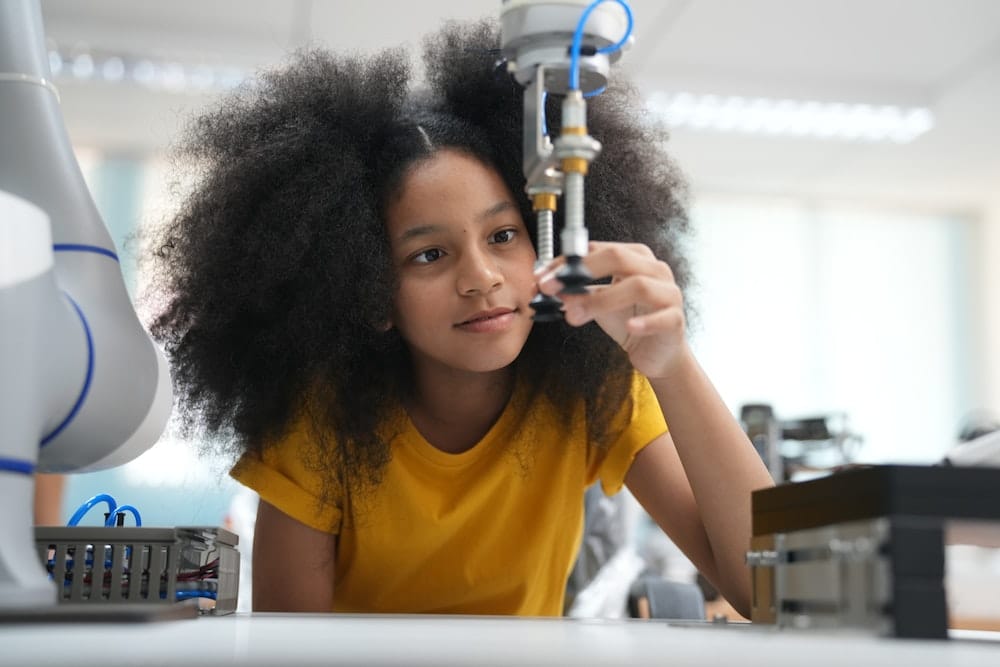The future of audio technology, as you may know, lies in the hands of innovation and design. One such innovation that has been making waves in the market is the paper-thin loudspeaker. These are based on a type of technology that has allowed speakers to become incredibly thin without compromising on the quality of sound. This has been made possible through the use of materials such as piezoelectric film and MEMS (micro-electro-mechanical systems) technology.
The Magic of Thin Design
The design of these paper-thin loudspeakers is truly something to marvel at. The size of a speaker has always been a crucial factor in determining its sound output. Traditional speakers require a certain amount of space to generate sound effectively. However, the advent of paper-thin loudspeakers has challenged this notion.
In parallel : How Can Ultraviolet Light Robots Aid in Hospital Disinfection and Infection Control?
These speakers are designed with a thin diaphragm and use materials like piezoelectric film, which can produce sound by vibrating when an electrical signal is applied to it. The thinness of the diaphragm allows for the speaker to be incredibly slim, while still being capable of producing high-quality sound.
This type of speaker design also lends itself well to a variety of applications. Due to their small size, they can be easily integrated into devices where space is at a premium, such as smartphones and laptops.
Have you seen this : What’s the Role of Blockchain in Streamlining Intellectual Property Management?
Piezoelectric Technology and MEMS
The technology that powers these paper-thin speakers is rather fascinating. They largely rely on piezoelectric materials and MEMS technology.
Piezoelectric materials are unique in that they generate an electrical charge when pressure is applied to them. This property is used in these speakers to create sound. When an electrical signal passes through the piezoelectric film in the speaker, it causes the film to vibrate and create sound waves.
On the other hand, MEMS technology allows for the creation of tiny mechanical devices on a microscopic level. In the case of these speakers, MEMS technology is used to create a diaphragm that is extremely lightweight and thin, yet capable of generating large vibrations necessary for sound production.
These technologies combined have allowed for the creation of speakers that are not only thin but also capable of producing sound of a high quality, thus revolutionizing the audio tech market.
The MIT’s Approach
The Massachusetts Institute of Technology (MIT) has also been actively involved in the research and development of these thin speakers. A team of researchers at MIT has been working on a speaker design that utilizes a layer of thin, conductive material sandwiched between two layers of a type of plastic. When an electrical signal is applied, the thin, conductive layer moves and creates sound.
This design is not only incredibly thin but also very flexible, meaning it can be bent and molded into different shapes without affecting its ability to produce sound. This opens up a whole new range of possibilities for the integration of speakers into various products and devices.
The Impact on the Audio Tech Market
The advent of paper-thin loudspeakers has certainly made a significant impact on the audio tech market. With their unique properties and capabilities, these speakers have the potential to revolutionize the way we design and use audio devices.
One of the biggest benefits of these speakers is their small size. Due to their thinness, they can be easily incorporated into devices where space is an issue, such as smartphones and laptops. This could potentially lead to a significant improvement in the quality of sound produced by these devices, as the size of the speaker is no longer a limiting factor.
Furthermore, the flexibility of these speakers also opens up new possibilities for their use. Imagine flexible speakers that can be molded into different shapes and sizes, opening up a whole new world of customizability and design options.
In conclusion, the future of audio technology looks promising, and paper-thin loudspeakers are at the forefront of this revolution. With their remarkable thinness, flexibility, and sound quality, they have the potential to change the way we think about and interact with audio devices. It is exciting to see how these speakers will continue to develop and shape the audio tech market in the future.
The Role of MEMS Speakers in Sound Pressure Optimization
The MEMS (micro-electro-mechanical systems) technology has played a crucial role in the design and functionality of paper-thin loudspeakers. At the heart of this innovation is the MEMS speaker, which employs both the mechanical and electrical properties of these microsystems to optimize sound pressure levels.
Within the MEMS speaker, the micro-electromechanical system serves as the diaphragm. The diaphragm, typically made from a thin film, vibrates once an electrical signal is applied. This vibration pushes air to create sound waves, thereby producing the desired sound. The thin film used often has piezoelectric properties, which means it generates an electrical charge when subjected to mechanical strain, enabling it to vibrate and produce sound when an electrical signal is introduced.
However, this is only half the story. MEMS technology also allows for the design and fabrication process of the speaker to be incredibly precise. This precise design enables the speaker to generate high sound pressure levels despite its thin form. Furthermore, the exactness of the fabrication process enables MEMS speakers to maintain consistent performance and high quality sound, thereby enhancing the user’s auditory experience.
Lastly, MEMS technology in speakers significantly reduces power consumption. The miniature size of the MEMS devices allows the speaker to require less energy to operate, leading to longer battery life for devices such as headphones, smartphones, and laptops.
MIT Researchers and the Future of Thin Film Loudspeaker
The work of MIT researchers is bringing us one step closer to the full potential of paper-thin loudspeakers. Solar cells and thin film loudspeaker technology are the primary focus of the MIT news hours ago, revolutionizing how we perceive and utilize audio technology.
The researchers are developing a speaker design that marries a conductive thin film with two layers of plastic. When an electrical signal is applied, the conductive layer moves, creating sound. This design is not just ultra-thin, but also remarkably flexible. This flexibility goes beyond the physical properties; it also extends to the versatility of the speaker’s applications, heralding a new era of audio technology.
The speaker’s flexibility means it can conform to various shapes, fitting into diverse devices and product designs. This adaptability could revolutionize the design of audio devices, allowing for more personalized and custom products. From wearable electronics to embedded devices in clothing or furniture, the applications of these flexible speakers are nearly endless.
Conclusion
The future of audio tech lies in the hands of these paper-thin loudspeakers. Encapsulating the full story of this technology, from the science of MEMS speakers and the innovative thin film fabrication process, to the pioneering work of MIT researchers, shows how far we’ve come in the pursuit of high-quality, compact, and flexible sound systems.
The sound quality of these speakers can rival larger, traditional designs, all while maintaining a considerably smaller footprint. This allows for the seamless integration of these devices into our day-to-day technology, enhancing the audio experience in our ubiquitous devices. Furthermore, the low power consumption means longer usage times, which is critical in our increasingly mobile world.
As we look forward, the integration of flexible, high-quality speakers into a wider range of products offers an exciting glimpse into the future. From better sound quality in our smartphones and laptops to the possibility of interactive clothing and furniture, this technology opens up a world of possibilities. Innovation in audio tech, led by paper-thin loudspeakers, is far from over, and we are excited about the future it foretells.






